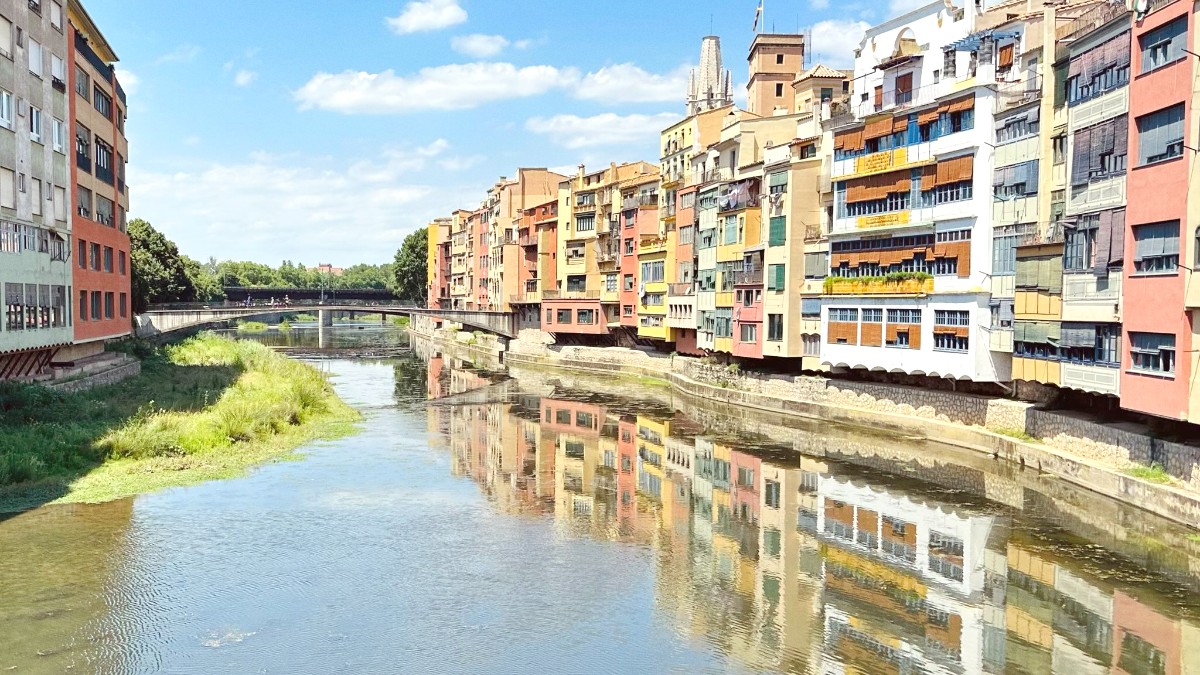
Catalonia, Spain
Girona's public transportation system is mainly a bus network, managed by Transports Municipals del Gironès (TMG). The city center, specifically the Old Quarter, is compact and highly walkable, reducing the need for extensive public transport for tourists within the historic core.
Buses are useful for connecting the city center with surrounding neighborhoods, the train/bus station, and out-of-center attractions or shopping areas.
Buses operate early morning (around 6:00 AM) until late evening (10:00 PM - midnight). Frequency varies by line; main lines run every 10-30 minutes during peak hours.
Many buses are low-floor and equipped with ramps for wheelchair users. The Old Quarter's cobblestones and narrow passages remain challenging for mobility issues.
The main bus station is next to the Renfe train station, serving as a central hub for many lines.
Major companies at GRO, BCN, and downtown. Book in advance for better rates.
Available from specialized shops. Popular for Costa Brava roads.
Numerous shops cater to tourists and cyclists. Girocleta city system mainly for residents.
Drive on the right. Seatbelts mandatory. Strict alcohol limits. No phone use while driving.
Girona is a city made for exploration on foot and by bike, presenting intimate views and active experiences.
Tour buses and hop-on-hop-off services are not typically available due to Girona's compact size.
No significant boat taxi or public water transportation operates within Girona itself.
Old Quarter's cobblestones and stairs present significant accessibility challenges. Newer parts are flatter.
You need a valid driving license for car and scooter rentals. If your license is not from an EU/EEA country and not in Spanish or English, an International Driving Permit (IDP) is needed alongside your national driving license. A valid passport is also necessary. You will need a credit card in the main driver's name for the deposit. The minimum age for renting is typically 21-23, and surcharges often apply for drivers under 25.
Spain has an excellent network of highways (autopistas) and national roads (autovías/carreteras nacionales).
Well-maintained and easy to navigate.
Parking is challenging and expensive in Girona's historic Old Quarter.
Best to use underground parking garages outside the historic center.
Often metered or reserved for residents.
Fines for illegal parking are common.
Girona’s size means you rarely need extensive public transport for central sightseeing. However, knowledge of options for getting to and from the train station, or for venturing into the modern parts of the city, is useful.
For day trips and exploring the wider province, rental cars or specific bus routes become more appealing. This section prepares you to move around Girona with ease and confidence.